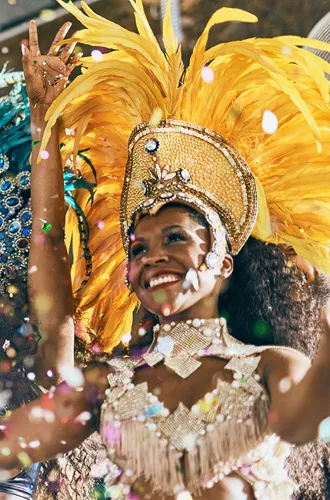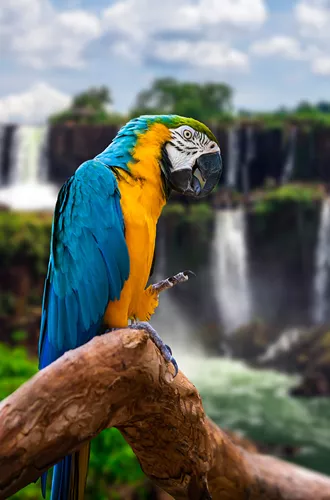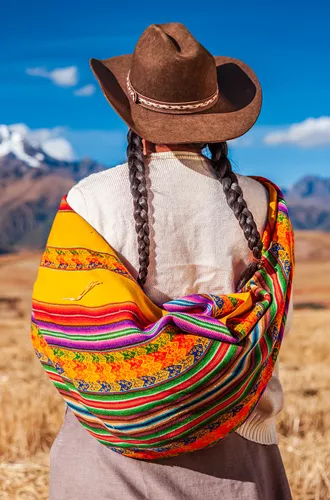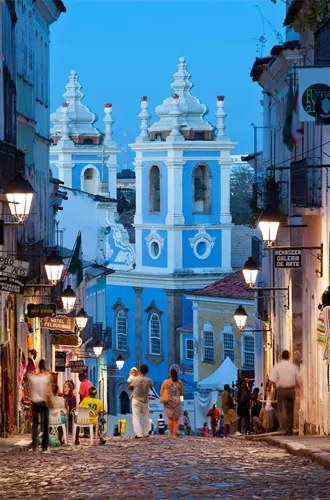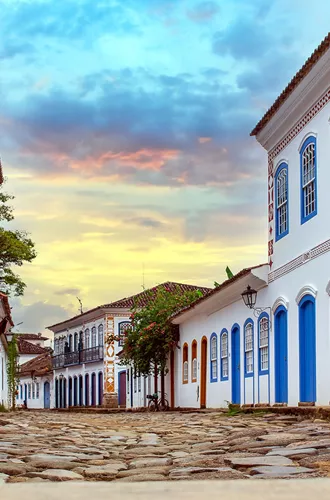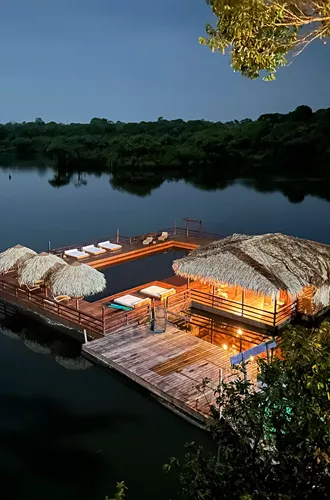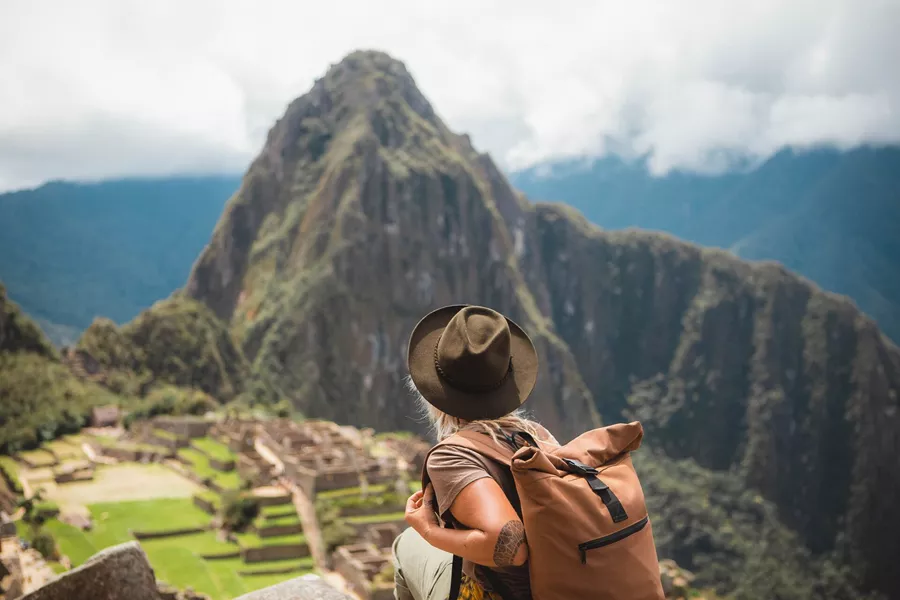Country Code for Brazil: +55 Visa Global Assistance: 0800 891 3680 Emergency Services: Police - 190 Ambulance and Fire - 193 or 192 (some areas) Emergency services may not always have English speaking staff. In this case, you should have a local call on your behalf or contact the Australian Embassy.
The Pantanal is largely composed of swamp terrain and contains an abundance of wildlife, including marsh deer, giant otters, jabirus and the endangered jaguar. Locals travel around the area on horseback which is also popular with travellers.



